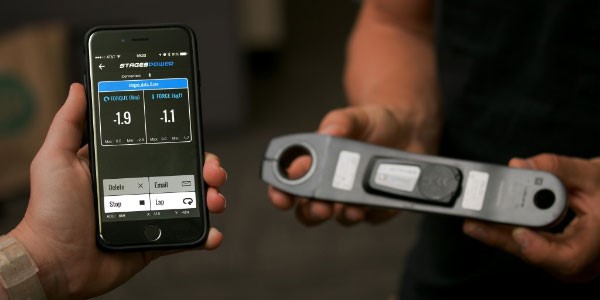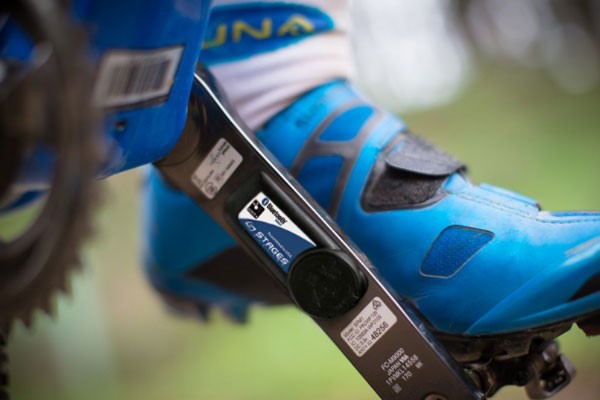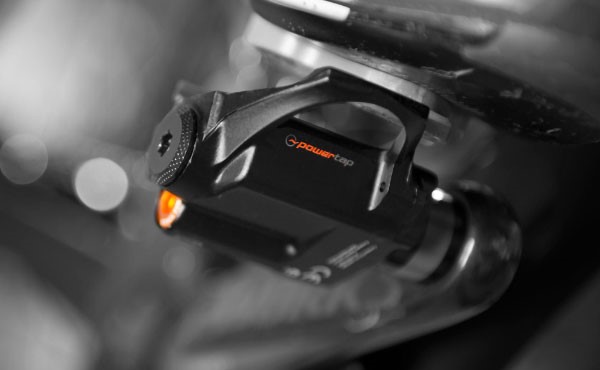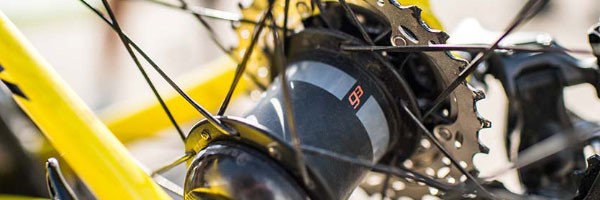Power meters are one of the best training tools you can have. They measure your power output, allowing you to keep track of how much actual power you’re producing in Watts when matched with a cycling computer.
Why use power meters
External factors can change how quickly you ride a certain route, making you think you’re maybe faster or slower than you actually are. Power meters eliminate the external factors that change while you ride, like wind, rain, rolling resistance, and gravity. They give you accurate feedback and a measurement of the power you’re producing when you ride. Match them to a cycling computer for real time data, allowing you to better understand your cycling patterns and adjust them to create better training regimes. It is used extensively in racing where every little bit of information can count towards the win.

Power meter features:
Power meters need cycling computers in order to record information. They are normally bought separately and work in conjunction to record and translate your data, using either Bluetooth or ANT+ to connect wirelessly. Most computers and power meters will use one or the other, with a few being compatible with both ANT+ and Bluetooth, so it’s worth making sure your computer matches up with your power meter.
Chainset
Chainset power meters are perhaps the most accurate type available and are designed as a part of the crank arm or chainring.
Relatively easy to use, crank arm based power meters are usually incorporated into the left crank arm, making them fairly hidden and stealthy, however can also be found on both sides.
Both single sided crank arm and chainring power meters measure power from one side, however it doesn’t change the accuracy to the readings. Chainring based power meters are not so easy to change between bikes, but crank arm power meters can easily be swapped between bikes, as long as the chainset is the same.

Pedal
Pedal power meters make up part of the pedals and can easily swapped between whichever bike you want to train on, giving you a single solution to measuring your output on multiple bikes.
Pedal power meters can be a bit more susceptible to knocks as they extend further outwards compared to other meters, however they also show the smoothness of your pedalling as well as the accuracy of your pedalling position, as they are found on both pedals.

Hub
Hub power meters provide a stealthy way to measure your power output and are easy enough to swap between bikes should both bikes be compatible between wheels. They can be a bit heavier than other power meters, but are accurate and reliable, and also don’t add any extra pieces to your bike.





